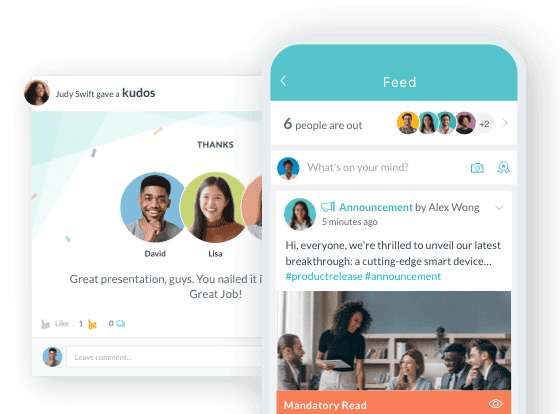Workload Anxiety in IT: Understanding and Overcoming the Challenge
-1.jpg)
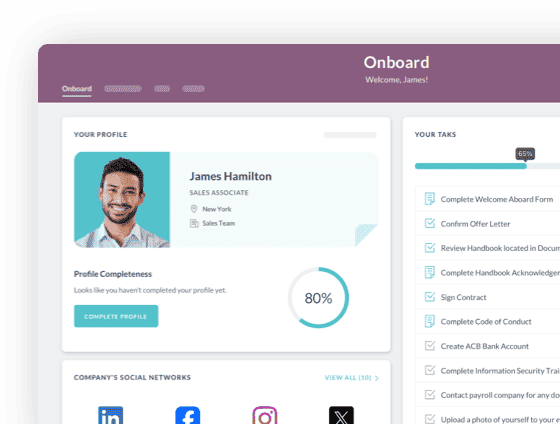
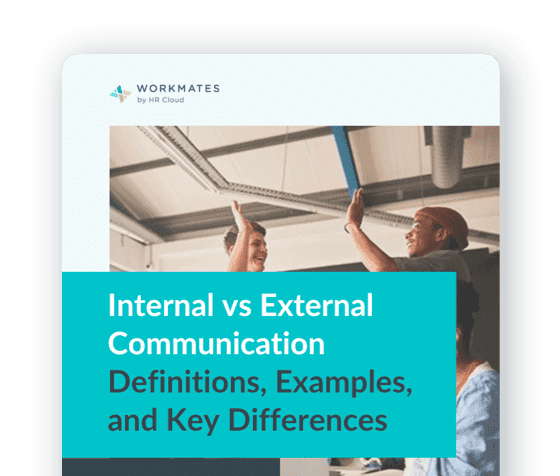
 Cut onboarding time
by 60%—here's the
Ultimate Checklist
that helped do it.
Cut onboarding time
by 60%—here's the
Ultimate Checklist
that helped do it.
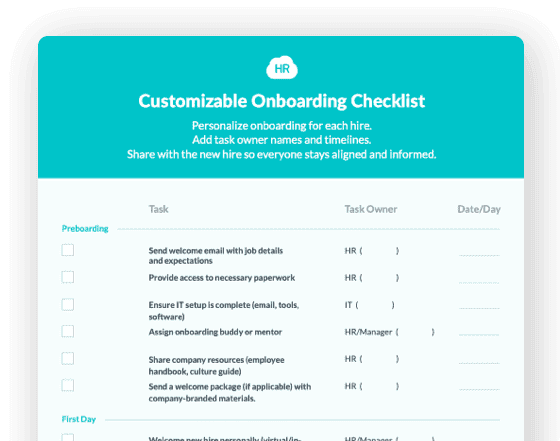
The IT industry has seen extraordinary growth in recent years. While this advancement simplifies business operations, a career in this space is much more complex now. IT roles have become diverse with increasing tech integrations into our daily lives. They have a lot on their plate — from long hours and tight deadlines to the constant effort to keep up with a rapidly advancing niche. That's why workload anxiety is a prevalent hazard in this industry.
Ignoring this problem can be an expensive mistake for your company. It can result in reduced productivity, employee absenteeism, and increased attrition, among other issues. But with the right strategies, including effective employee recognition programs, you can:
-
Create a healthy work-life balance and a nurturing workplace culture in IT
-
Enhance your employer's brand
-
Boost employee satisfaction and morale
-
Drive better business outcomes
In today's article, we discuss the best ways to overcome workload anxiety in IT for a fulfilling professional life within the organization, with a focus on how employee recognition can play a crucial role in improving the overall employee experience.
What Is Workload Anxiety?
Workload anxiety is a professional challenge caused by excessive or overwhelming work responsibilities and demands. It causes frequent and severe burnout, reduced productivity, and poor work quality. While every employee suffers from workload anxiety at some point in their career, it is a glaring challenge for IT professionals. Here are some contributing factors:
-
Since technology now contributes to diverse fields, IT employees often have high project volumes and tight deadlines.
-
As IT professionals deal with data management and security, the responsibilities are quite complex and stressful.
-
IT employees often work long hours to handle the workload, resulting in a poor work-life balance.
-
Keeping up with a constantly evolving space becomes stressful for IT professionals.
Understanding the Root Causes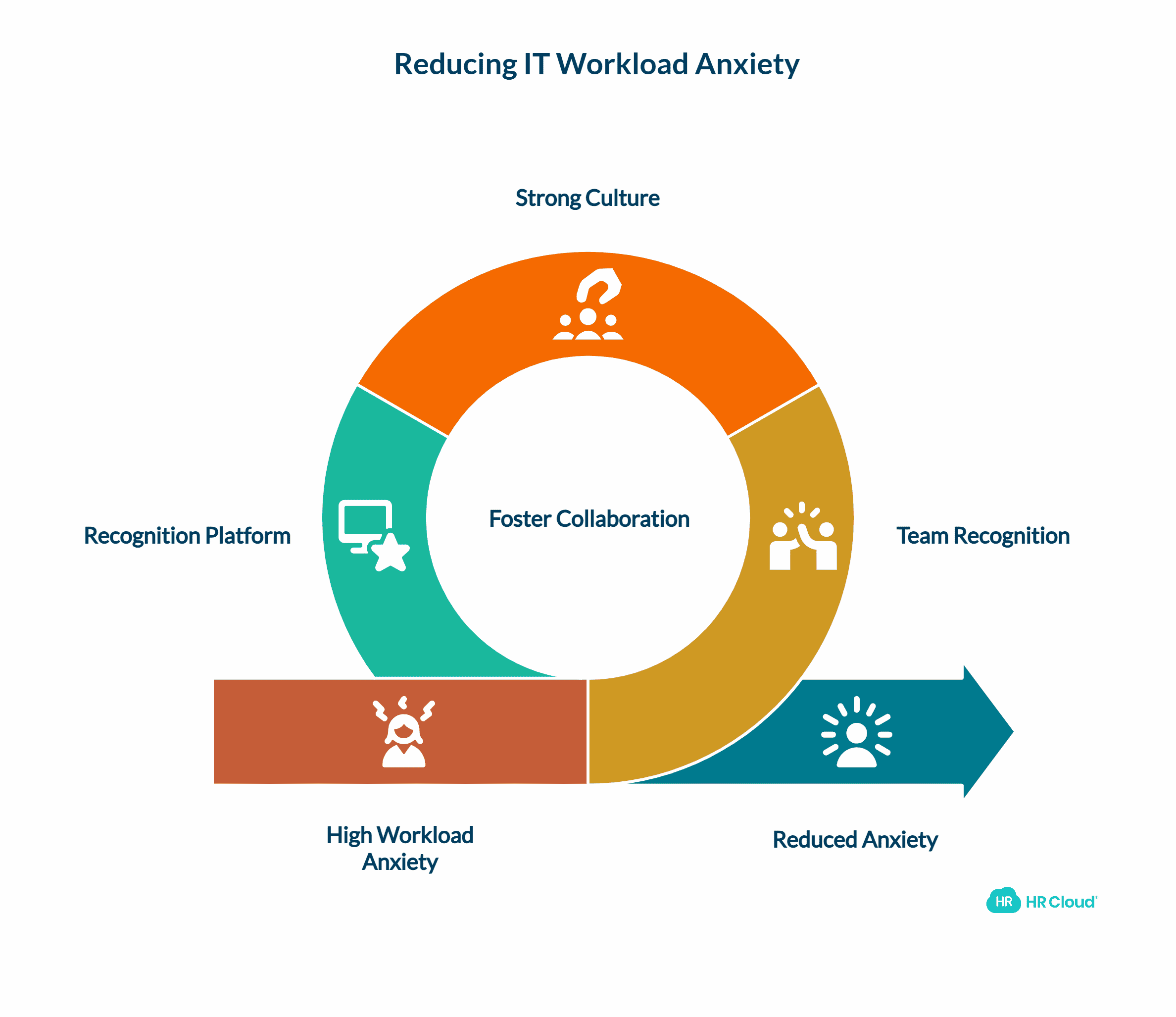
Workload anxiety in IT isn't solely about the sheer volume of tasks or looming deadlines. It's deeply rooted in the dynamics of the team and the environment in which challenges are faced. Feeling isolated or unsupported can amplify the stress of an already demanding role. This is where employee recognition and a strong workplace culture can make a significant difference.
Interestingly, the principles of teamwork and collaboration are universal, transcending various domains. For instance, consider how players collaborate in a digital game. Each player brings a unique strategy, yet they must work together, adapt, and communicate to achieve a common goal. This mirrors the dynamics in an IT team, where diverse skills and perspectives come together to solve complex problems.
By understanding the root causes and drawing parallels from various domains, IT managers can better address workload anxiety and foster a more collaborative and supportive environment. Implementing team recognition strategies and using an employee recognition platform can further enhance this collaborative spirit and create a sense of psychological safety within the team.
Impact on Employees and Organizations
The effects of workload anxiety aren't limited to the concerned employee. It is also detrimental to organizational health. A group of burnt-out and disengaged IT employees can cause a ripple effect across other departments and reduce productivity.
As more companies embrace technology for most of their operations, the relevance of IT professionals isn't limited to their departments. An unmotivated IT employee may not get work done on time. This results in hampered workflow and constant project delays.
Moreover, seeing their colleagues barely getting through their workday will develop a negative employer image for your employees. It can lead to collective dissatisfaction, constant project delays, and higher employee turnover. Also, a negative employer brand will make talent acquisition challenging. Implementing effective employee recognition programs and staff recognition software can help combat these issues and improve employee retention.

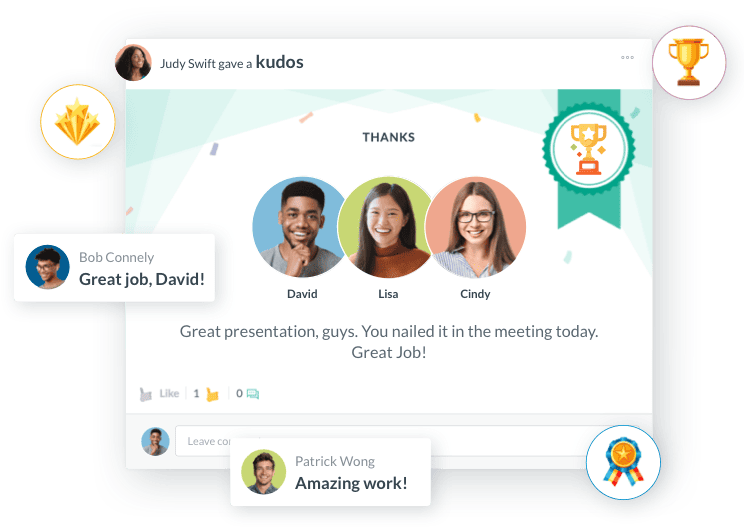
7 Ways Companies Can Help Overcome Workload Anxiety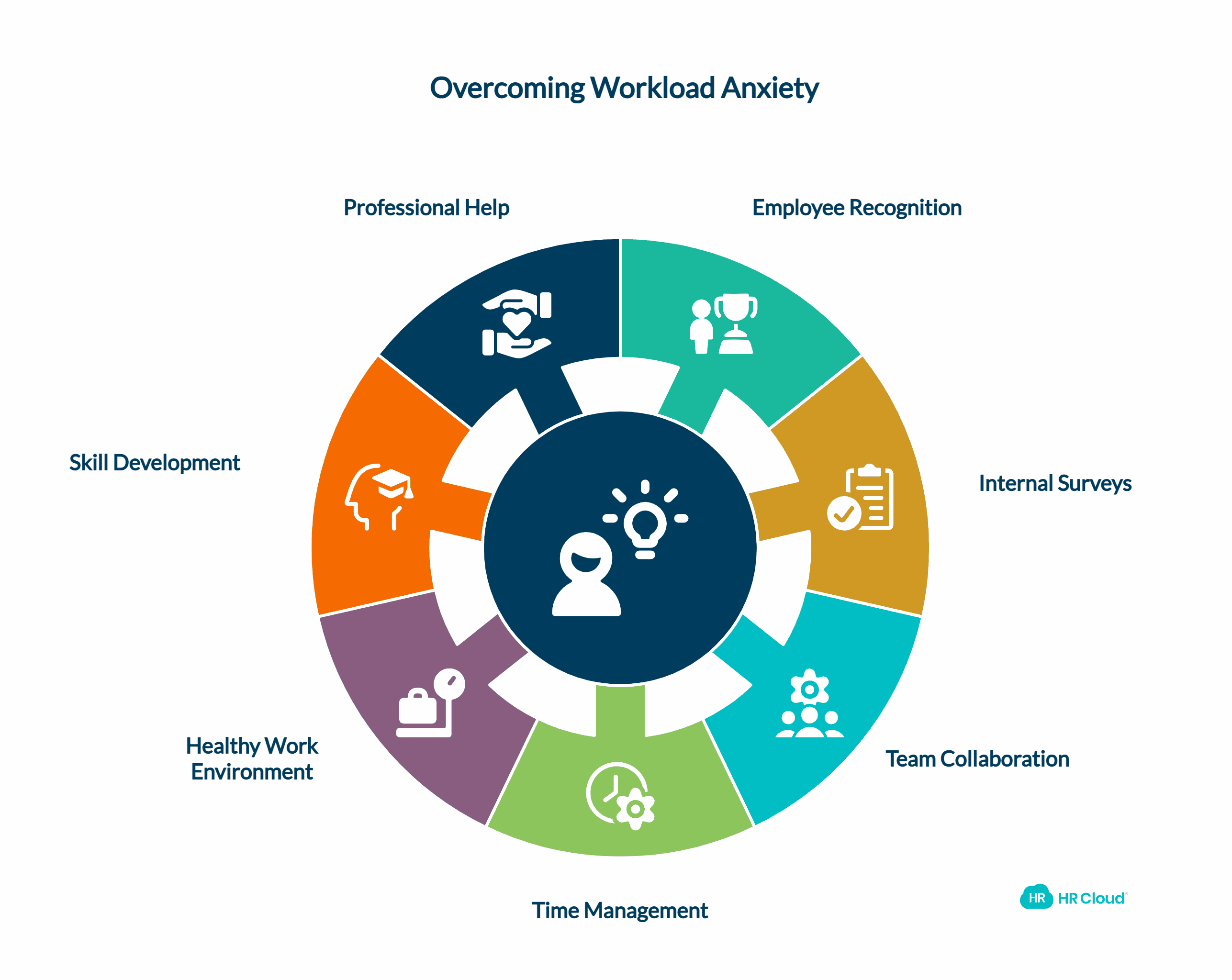
Here is what you can do to curb workload anxiety in IT and build a thriving and happy workforce:
1. Running Employee Rewards and Recognition Programs
People love being praised for their efforts. Even studies note that people work harder when they are happy. So, when employers recognize and incentivize good work and make employees happy, they are more motivated to do their best.
Employee recognition programs act as positive reinforcements. They validate, motivate, and give an extra nudge to get through increased responsibilities. Employees look forward to the appreciation and incentives. It prevents overwhelming stress and frequent burnout, even with an increased workload.
Ensure the recognition is personal, specific, and impact-oriented. Point out the highlights of their performance and how it contributed to the company's growth. Practice on-the-spot recognition to keep morale high.
Conduct a survey and assess what drives your IT employees. You can hold IT-specific focus group discussions to understand their preferences regarding rewards. It will help you tailor an impactful recognition program. Encouraging peer-to-peer recognition will foster a nurturing company culture and help avoid workload anxiety in IT employees.
You can offer certain bonuses for a specific increase in workload. However, the rewards don't necessarily have to be expensive. Gift cards, company merch, paid vacation days, or even tickets to their favorite games can be effective if applied to the relevant employees.
However, customizing rewards and recognition for a large workforce can be challenging and error-prone. Try HR Cloud's rewards and recognition services to get it right every time.
Here, any employee can give a digital "kudos" for appreciating a colleague's hard work. Employees can track and redeem these points for gift cards, corporate items, or other rewards.
2. Conduct Internal Polls and Surveys
To overcome workload anxiety in IT employees, you need to reflect on what's causing it, and your employees are the best people to answer this question. So, run internal surveys and polls to understand the specific challenges of increased workload.
Regular surveys identify unique pain points and let employees voice their concerns and experiences. This feedback helps management with root-cause analysis of workload anxiety, such as excessive tasks, unrealistic deadlines, or inadequate resources.
Ensure the questions are pointed and direct to specific elements of the employee's job. The questionnaire can have multiple-choice and Likert scale questions along with open-ended queries. Here are three examples:
-
Likert scale: "On a scale from 1 to 10, how anxious does your current workload make you feel? (1 = Not at all anxious, 10 = Extremely anxious)"
-
Multiple choice: "Do you think you have enough resources to manage your current workload? (Yes/No)"
-
Open-ended: "In your opinion, what specific aspects of your workload contribute to your anxiety and burnout?"
Use these findings to detect and segment different challenges and develop strategies and interventions to tackle each.
Want to run easy, manageable, and effective polls?
HR Cloud also has an employee engagement survey feature. Here, you can design impactful surveys that don't take the employees hours to complete and provide an instant overview of their pain points.
3. Focus on Team Collaboration
A collaborative workplace leads to shared responsibilities and better synergy. Employees get proper assistance from their colleagues, preventing team members from feeling stressed with a disproportionate amount of work.
In short, team collaboration ensures an even task distribution and gets work done quicker, resulting in better workload management.
So, foster collaboration across different departments. It will lead to better brainstorming, innovative solutions to complex problems, and less anxiety about tackling difficult issues.
Invest in collaborative tools to keep everyone on the same page. This way, employees can review and correct the work of their teammates in real time, driving quicker task completion.
Assign teammates based on individual strengths and capabilities. It guarantees that responsibilities are guided by those best equipped to handle them and prevents work from piling up.
Implementing team recognition strategies can further enhance collaboration. Consider using a recognition platform that allows for public recognition of team efforts, fostering a sense of collective achievement and boosting morale. This approach not only improves team dynamics but also contributes to the overall effectiveness of your employee recognition program.
4. Practice Time Management Techniques
Another primary key to overcoming workload anxiety is practical task management. For that, you need to prioritize and delegate tasks smartly.
Structure a simple task grading system — rank projects by importance and deadline chronology. Ask teams to take them up according to their delivery schedule.
You can also use these time management techniques:
-
The Eisenhower Matrix: Also known as the Urgent-Important Matrix, this technique divides work into four categories: do-first, schedule, delegate, and don’t do.
-
Pomodoro technique: In this technique, employees do 25-minute laps of focused work followed by five-minute breaks. After four consecutive work intervals, they can take longer breaks of 15 to 30 minutes.
Shift to automation to eliminate repetitive tasks. The right automated tools will free up time and let your team concentrate on what’s important.
Finally, encourage open communication so that employees can voice their workload concerns. A transparent dialogue with employees helps in setting realistic expectations and can be incorporated into your recognition program policy.
5. Promote a Healthy Work Environment
Foster a company culture that values work-life balance and employee recognition. Start at the top by training your managers to respect the employees' personal time and implement effective recognition strategies. Managers should lead by example and display empathy, strong work ethics, and respect for subordinates. It instills a culture of mutual trust and respect in the office.
Offer flexible working hours so employees can complete tasks when they are the most productive. Discourage excessive overtime. Encourage employees to take allotted breaks and vacation time. Prioritize employees' physical and mental wellness.
Provide health insurance and therapy sessions. Initiatives like yoga classes or meditation sessions will help employees feel more centered and calm. You can also offer stress management resources and support, such as stress-relief workshops and employee assistance programs. These efforts can be integrated into your overall employee appreciation events and recognition program ideas.
6. Run Training and Skill Development Programs
Equip your workforce to handle work pressure by honing their skills. Offer relevant training opportunities and upskill development programs. That way, your employees will see that you value their career growth, making them more willing to go the extra mile.
You can also arrange seminars with industry leaders on handling workload anxiety. The right career development program will make your employees more confident to take up more responsibilities, reducing stress.
Consider incorporating recognition best practices into these training programs. Teaching employees how to give and receive recognition effectively can contribute to a more positive and supportive work environment. This approach can significantly enhance the effectiveness of your employee recognition program and contribute to overall performance recognition.
7. Offer Professional Help
Employees often hesitate to ask for help with workplace anxiety because of the stigma. So, make your office a safe space for them. Make them believe their concerns will be acknowledged and addressed.
Make your workplace as transparent as possible. Talk about times you have struggled to cope with work pressure. Such approaches make employees see they can ask for help within the organization.
Implementing an employee recognition system that includes options for private recognition can also provide a channel for more sensitive acknowledgments and support. This can be particularly beneficial for new employee recognition, helping them feel valued and supported from day one.
Conclusion
IT plays a pivotal role in making a business successful. So, overcoming the immense pressure of the roles has to be a collective responsibility. Every employee, leader, and HR must work as a team to address workload anxiety. Overcoming workload anxiety in IT teams can be an easier process when combined with effective employee recognition programs and employee rewards programs. However, the efforts have to be empathetic, data-driven, and consistent. By implementing a comprehensive recognition strategy that includes both public and private recognition, tangible rewards, and a focus on team achievements, organizations can significantly improve employee morale, retention, and overall workplace culture.
When designing your employee recognition program, consider factors such as recognition criteria, program effectiveness, and recognition budget. Utilize employee recognition platforms and tools to streamline the process and ensure consistent application across the organization. Remember, the best employee recognition strategies are those that align with your company's values and meet the specific needs of your IT team.
FAQ's
1. What causes workload anxiety in IT professionals?
Workload anxiety in IT professionals often stems from factors such as excessive workloads, tight deadlines, and the pressure to stay updated with rapidly evolving technologies. Additionally, a lack of support and recognition can exacerbate stress levels, leading to burnout and decreased job satisfaction.
2. How can employee recognition programs alleviate workload anxiety in IT teams?
Implementing employee recognition programs can significantly reduce workload anxiety by boosting morale, enhancing job satisfaction, and fostering a supportive work environment. Recognizing employees' efforts helps them feel valued and appreciated, which can mitigate stress and improve overall productivity.
3. What are the signs of burnout due to workload anxiety in IT professionals?
Signs of burnout include chronic fatigue, decreased performance, irritability, and a sense of detachment from work. Physiological symptoms may also manifest, such as headaches, sleep disturbances, and gastrointestinal issues. It's crucial to address these signs promptly to prevent long-term health consequences.
4. What strategies can IT managers employ to reduce workload anxiety?
IT managers can reduce workload anxiety by promoting work-life balance, providing opportunities for skill development, and encouraging open communication. Implementing flexible work arrangements and offering mental health support are also effective strategies to alleviate stress and enhance employee well-being.
5. How does a positive workplace culture impact workload anxiety in IT teams?
A positive workplace culture that emphasizes collaboration, recognition, and support can significantly reduce workload anxiety. When employees feel connected and valued, they are better equipped to manage stress and maintain high levels of productivity

Keep Reading
45 Boss Day Messages That Actually Mean Something (2026 Guide)
When is Boss Day 2026? Mark your calendar for October 16, 2026 — the annual opportunity
Birthday Wishes for Coworkers: 50+ Messages That Build Workplace Connection
A coworker's birthday isn't just another calendar date—it's a meaningful opportunity to
Embracing Diversity: Recognizing Different Cultures in the Workplace
Workplaces today reflect the incredible diversity of the world around us. People bring
Like What You Hear?
We'd love to chat with you more about how HR Cloud® can support your business's HR needs. Book Your Free Demo

Build a Culture of Recognition. Boost Engagement. Guaranteed.
Workmates empowers employees to stay informed, connected, and appreciated—whether they’re on the front line, in the office, or remote. Recognition drives 12x higher engagement.Trusted by industry leaders in every sector




Cut Onboarding Costs by 60%.
Take the confusion and follow-ups out of onboarding with automated workflows, digital forms, and structured portals—so new hires ramp faster 3X quicker.Trusted by industry leaders in every sector




